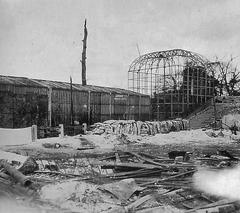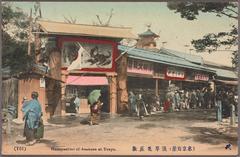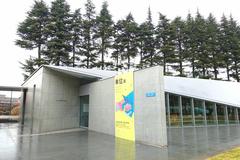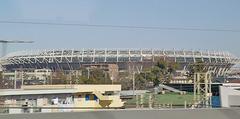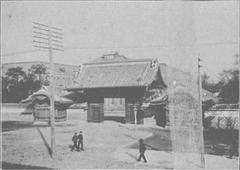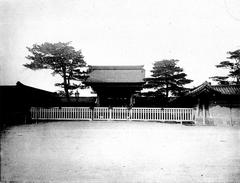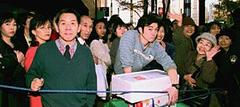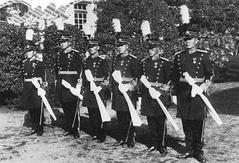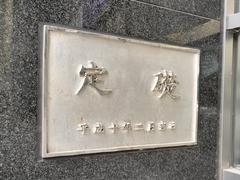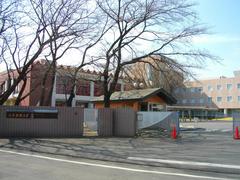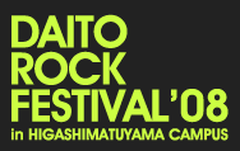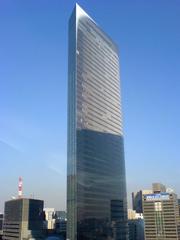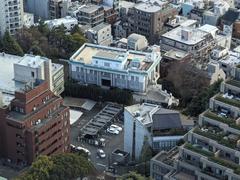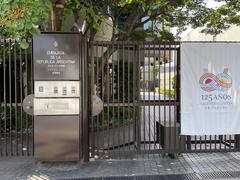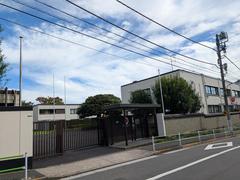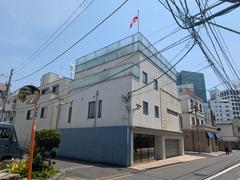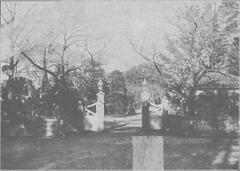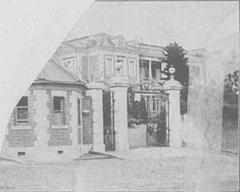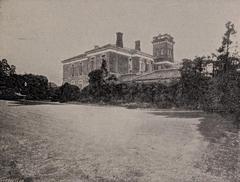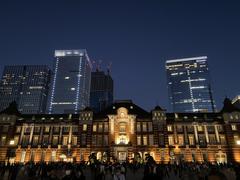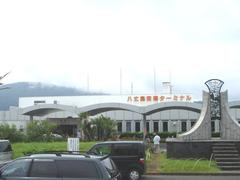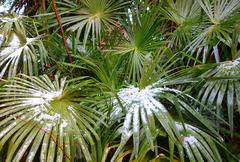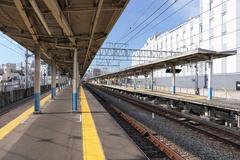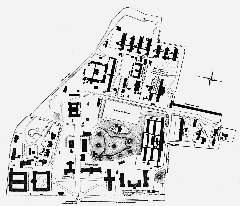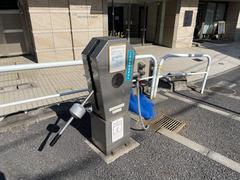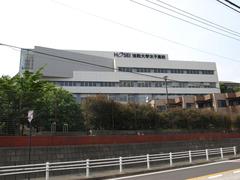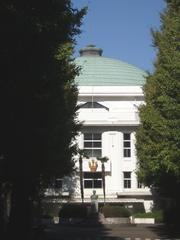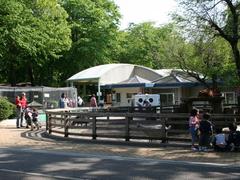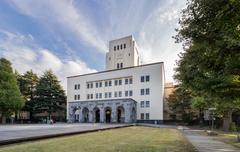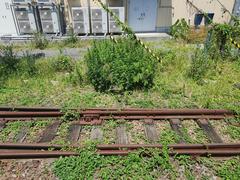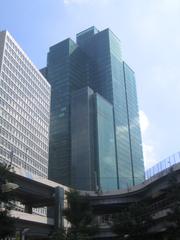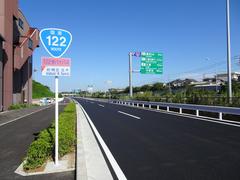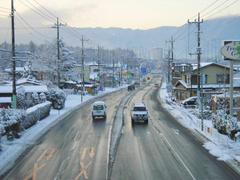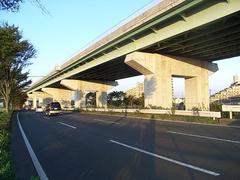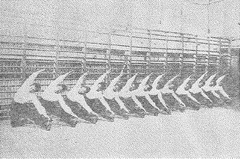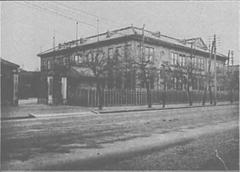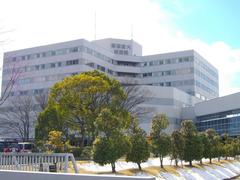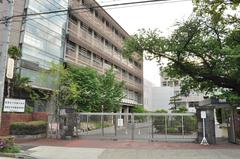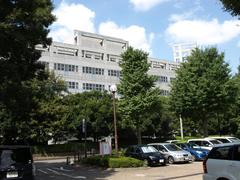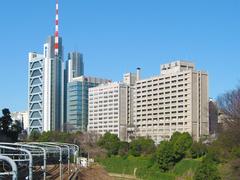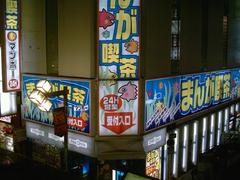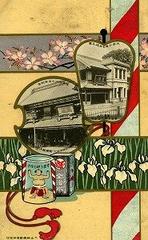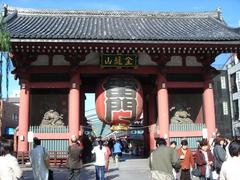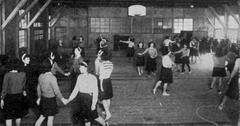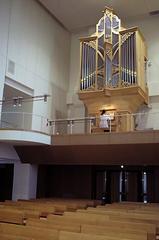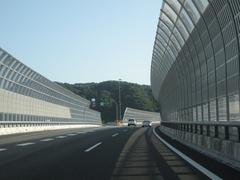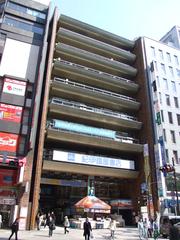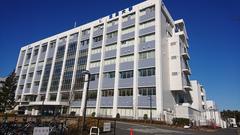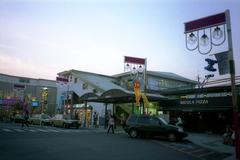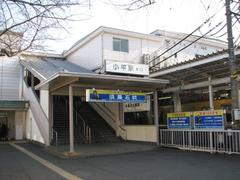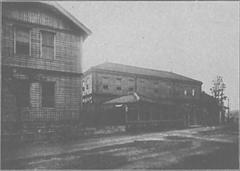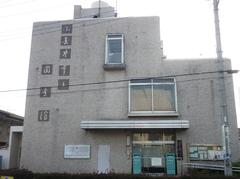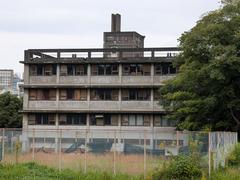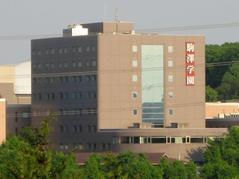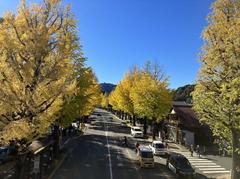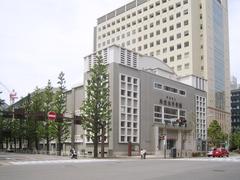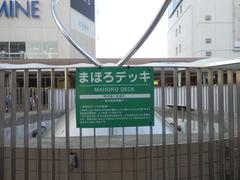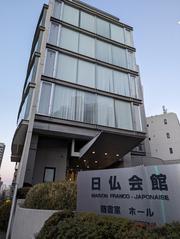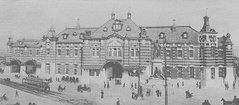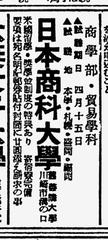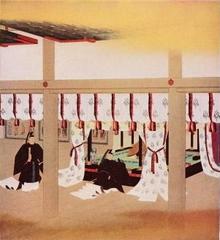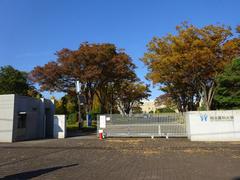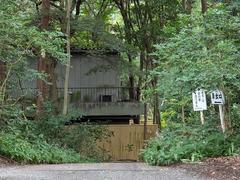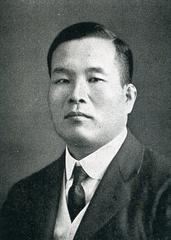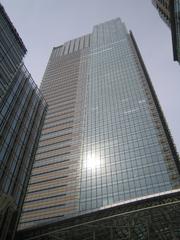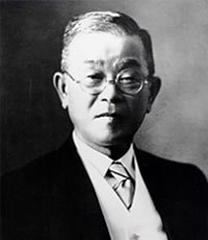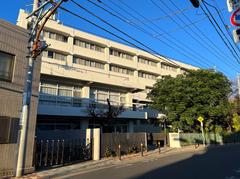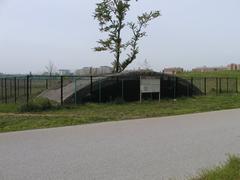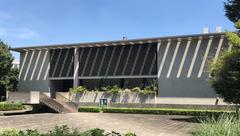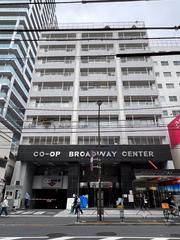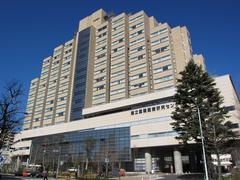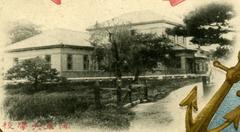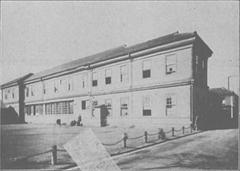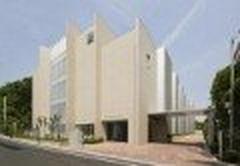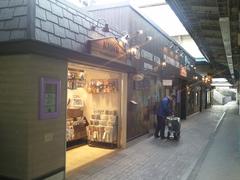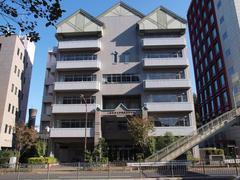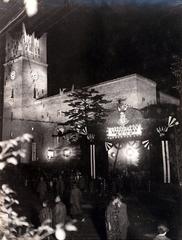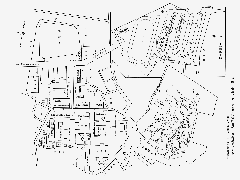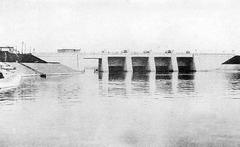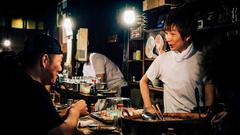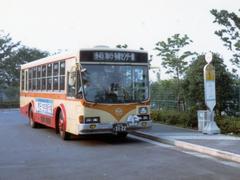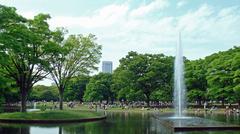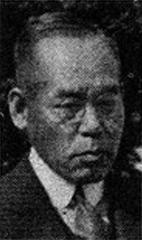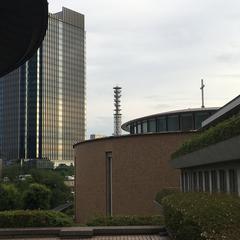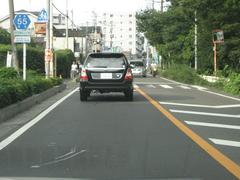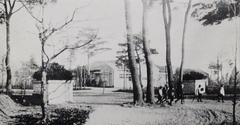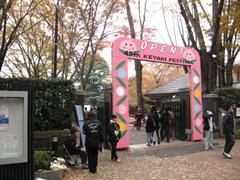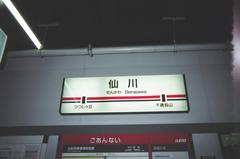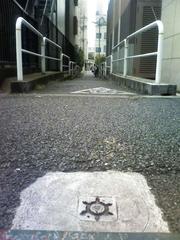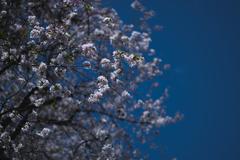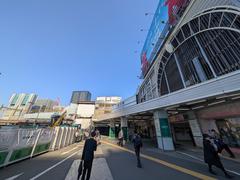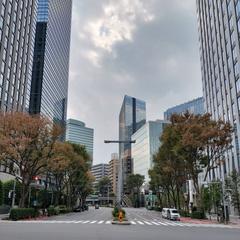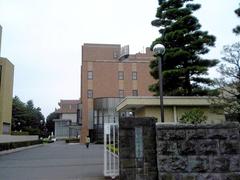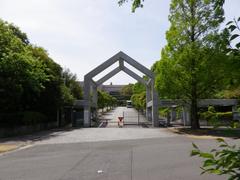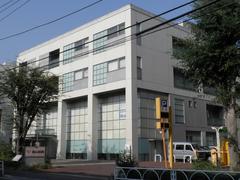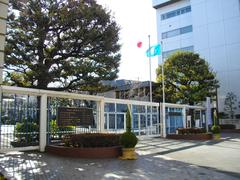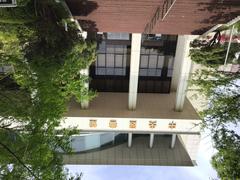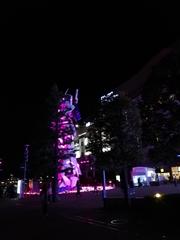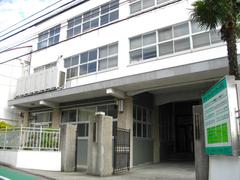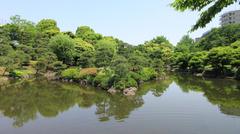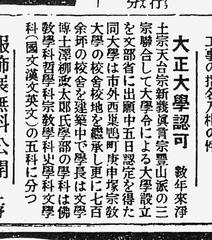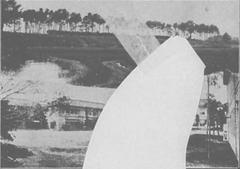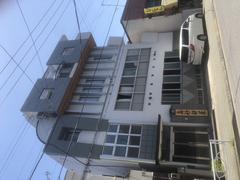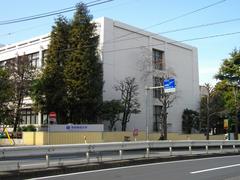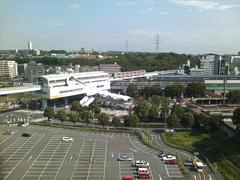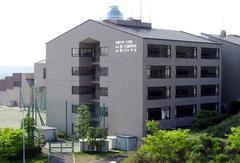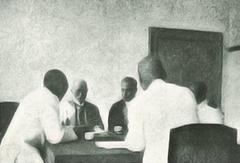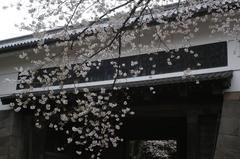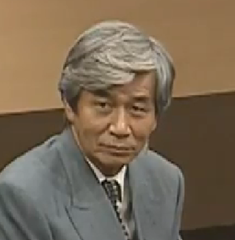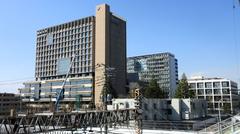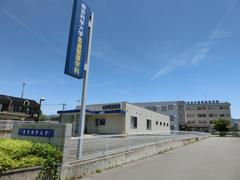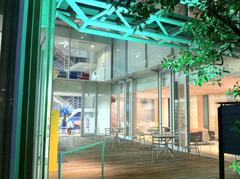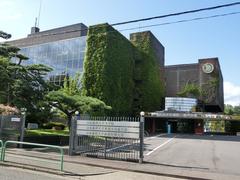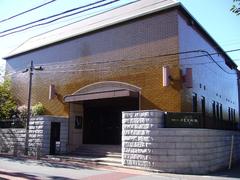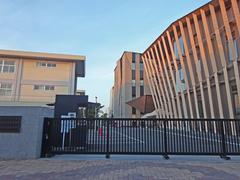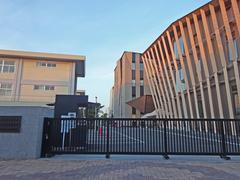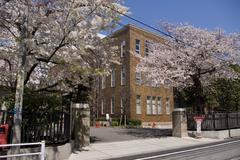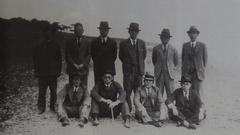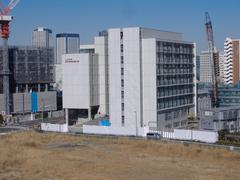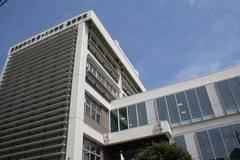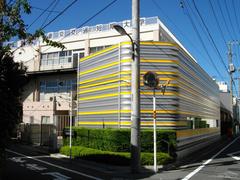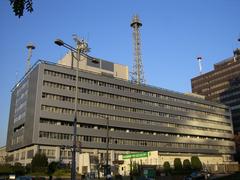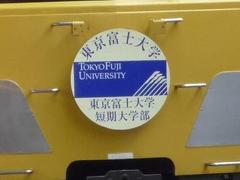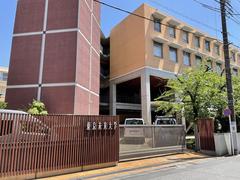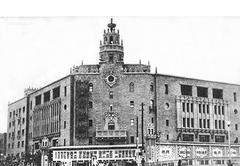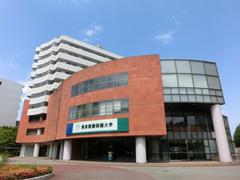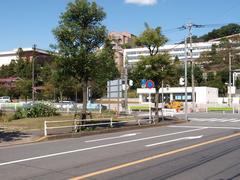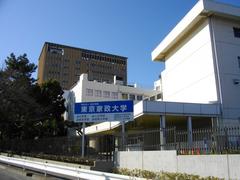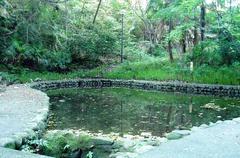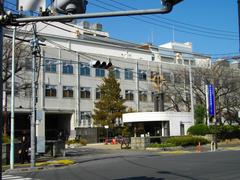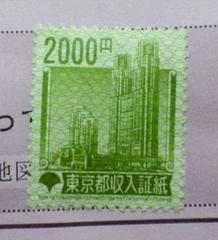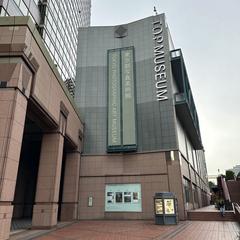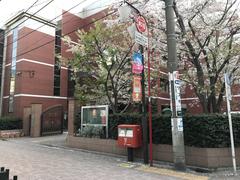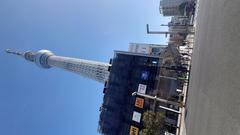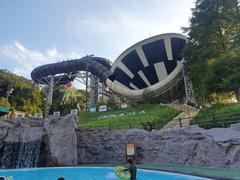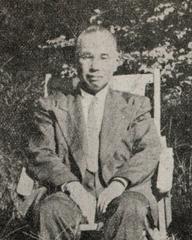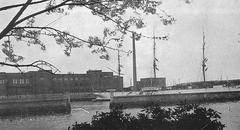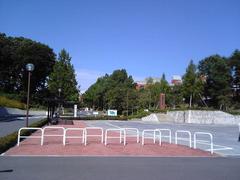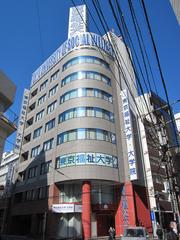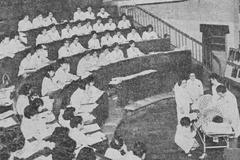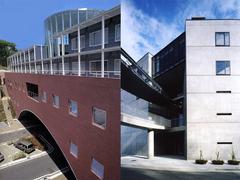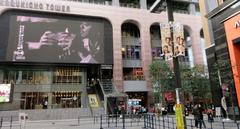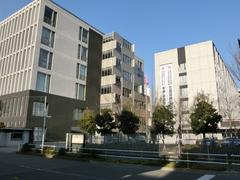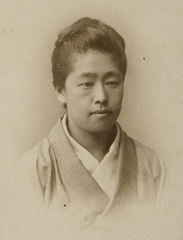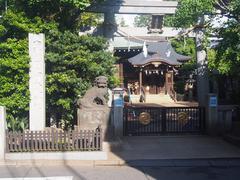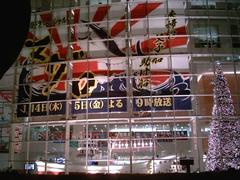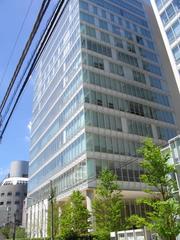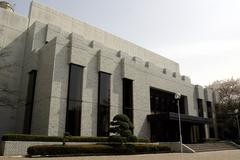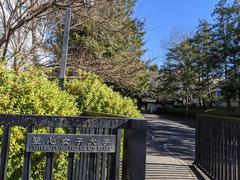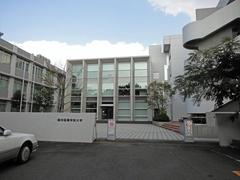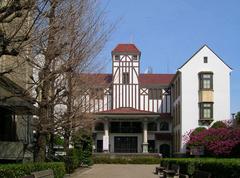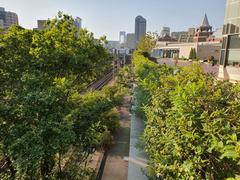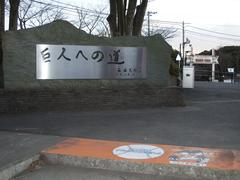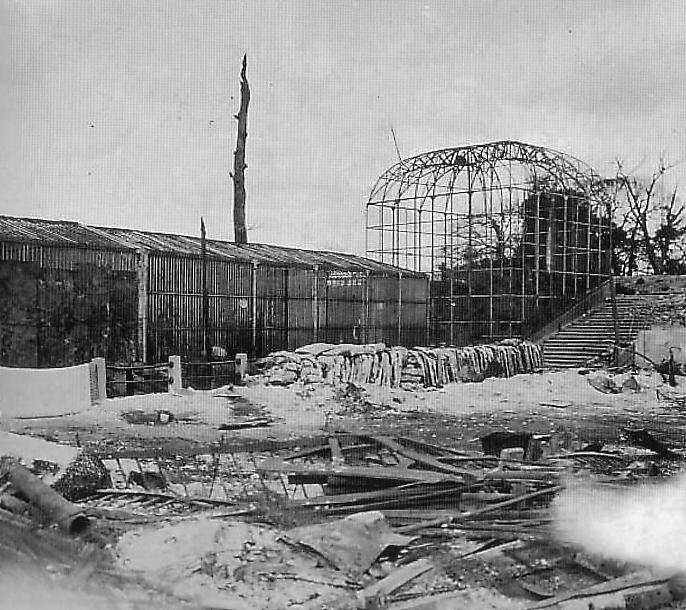
Comprehensive Guide to Visiting Asakusa Hanayashiki, Tokyo, Japan
Date: 18/07/2024
Introduction
Welcome to Asakusa Hanayashiki, Japan’s oldest amusement park, a unique blend of historical charm and modern-day excitement nestled in the heart of Tokyo. Established in 1853, Hanayashiki began its life as a tranquil flower garden during the late Edo period, a time marked by cultural flourishing and leisurely pursuits. Over the years, it has evolved into a bustling entertainment hub that reflects the rich cultural tapestry and societal changes of Japan. Visitors today can enjoy a mix of nostalgic rides, traditional Japanese games, and contemporary attractions, making it a perfect destination for both history enthusiasts and thrill-seekers alike. This comprehensive guide will provide you with all the essential information you need for an unforgettable visit, including its historical significance, ticket prices, visiting hours, dining options, nearby attractions, and travel tips. Whether you’re planning a family outing, a solo adventure, or a cultural exploration, Asakusa Hanayashiki promises a memorable experience for everyone. (official Asakusa Hanayashiki website)
Table of Contents
- Introduction
- A Glimpse into Edo - The Historical Significance of Hanayashiki
- Visitor Information
- A Nostalgic Window into the Past
- More Than Just an Amusement Park
- Special Events and Photography Tips
- Dining Options
- Nearby Attractions
- Essential Visitor Information
- FAQ
- Conclusion
Explore Asakusa Hanayashiki - Japan’s Oldest Amusement Park - History, Tickets, and Visiting Hours
A Glimpse into Edo - The Historical Significance of Hanayashiki
Asakusa Hanayashiki stands as a testament to Japan’s enduring spirit of entertainment, boasting the unique title of Japan’s oldest amusement park. Its story began as a humble flower garden established in 1853 during the late Edo period. This period, marked by relative peace and stability, saw a flourishing of arts and culture, and leisurely pursuits like visiting gardens became a beloved pastime.
From Serene Garden to Bustling Entertainment Hub
Initially known as ‘Hanayashiki’ (literally ‘flower viewing place’), the garden provided a tranquil escape for Edo residents seeking respite from bustling city life. However, the turn of the century brought a wave of modernization sweeping across Japan, influencing even the serene Hanayashiki. In 1923, the Great Kanto Earthquake devastated Tokyo, prompting the garden’s owners to rethink its purpose.
Recognizing the growing popularity of amusement parks in the West, they decided to transform Hanayashiki. Simple rides were introduced, marking the garden’s transition from a place of quiet contemplation to a hub of excitement and amusement. This pivotal decision laid the foundation for what would become Japan’s oldest amusement park.
Enduring the Tides of Time
Throughout the following decades, Hanayashiki continued to evolve, reflecting the changing tastes and technological advancements of each era. New rides were added, old ones were updated, and the park’s layout shifted to accommodate the growing crowds. Despite facing numerous challenges, including economic downturns and wartime hardships, Hanayashiki persevered, holding onto its unique charm and historical legacy.
Visitor Information
Tickets and Visiting Hours
To ensure you make the most of your visit, here’s essential information on tickets and visiting hours:
- Tickets: Prices vary depending on age and the type of pass. General admission is around 1,000 yen, with additional costs for individual rides or an all-inclusive pass.
- Visiting Hours: The park is typically open from 10:00 AM to 6:00 PM, but hours can vary depending on the season and special events. Check the official website for the most up-to-date information.
Accessibility
Hanayashiki is committed to being accessible to all visitors. The park offers wheelchair rentals and accessible restrooms. Most attractions are designed to accommodate guests with disabilities.
A Nostalgic Window into the Past
Today, Hanayashiki stands as a fascinating blend of old and new. While modern rides like the ‘Space Shot’ and the ‘Bee Tower’ offer thrills for adrenaline junkies, the park retains a distinctly nostalgic atmosphere. This is largely due to the presence of several vintage rides, some dating back to the mid-20th century.
The iconic ‘Roller Coaster,’ built in 1953, remains a crowd favorite, offering a charmingly old-fashioned roller coaster experience. Similarly, the ‘Bee Tower,’ a rotating observation tower erected in 1969, provides panoramic views of Tokyo while retaining its retro aesthetic. These vintage attractions, alongside traditional Japanese games and food stalls, offer visitors a unique glimpse into the entertainment culture of bygone eras.
More Than Just an Amusement Park
Hanayashiki’s significance extends beyond its amusement park offerings. Its grounds house a small but charming Shinto shrine dedicated to the deity Inari. This shrine, a vestige of the park’s origins as a garden, serves as a reminder of the site’s long and layered history.
Furthermore, the park’s location in the heart of Asakusa, a district renowned for its traditional atmosphere and cultural landmarks like the Sensō-ji Temple, adds another layer to its appeal. Visitors can easily combine a trip to Hanayashiki with explorations of the surrounding area, immersing themselves in the rich cultural tapestry of old Tokyo.
Special Events and Photography Tips
Hanayashiki hosts various special events throughout the year, including seasonal festivals and themed celebrations. Check the official website for the latest event schedule.
For photography enthusiasts, the park offers numerous picturesque spots. The vintage rides, traditional games, and panoramic views from the Bee Tower are perfect for capturing memories.
Dining Options
Inside Asakusa Hanayashiki - Quick Bites and Treats
Within the park, several food stalls and eateries provide convenient options for a quick meal or snack.
- Carnival Food: Embrace the classic amusement park experience with quintessential carnival fare like popcorn, cotton candy, and ice cream.
- Japanese Snacks: Sample popular Japanese snacks like takoyaki (octopus balls), yakisoba (fried noodles), and karaage (Japanese fried chicken).
- Restaurants: For a more substantial meal, Hanayashiki houses restaurants serving Japanese staples like ramen, curry rice, and donburi (rice bowls).
Exploring the Culinary Delights around Hanayashiki
Venturing outside the park opens up a world of culinary possibilities. Asakusa is renowned for its traditional Japanese cuisine, and you’ll find numerous restaurants within walking distance of Hanayashiki.
-
Tempura: Indulge in crispy, deep-fried seafood and vegetables at one of Asakusa’s many renowned tempura restaurants.
-
Soba and Udon: Slurp down delicious bowls of soba (buckwheat noodles) or udon (thick wheat noodles) served hot or cold with various toppings.
-
Sushi: Experience the freshest sushi and sashimi at restaurants near the park, offering a taste of Japan’s iconic dish.
-
Monjayaki: Try monjayaki, a Tokyo specialty similar to okonomiyaki, cooked on a hot plate and enjoyed directly from the grill.
-
International Flavors:
- Chinese Cuisine: Asakusa’s proximity to Tokyo’s Chinatown offers a plethora of Chinese restaurants serving dim sum, Peking duck, and other favorites.
- Western Options: From Italian pizzerias to American-style burger joints, you’ll find familiar Western options to satisfy diverse tastes.
-
Sweet Treats:
- Melon Pan: Don’t miss out on melon pan, a sweet bread with a crispy, melon-like crust, sold at various bakeries in Asakusa.
- Wagashi: Explore the world of traditional Japanese sweets, or wagashi, with their delicate flavors and beautiful presentation.
Nearby Attractions
Religious Sites
- Sensō-ji Temple: A short walk from Hanayashiki stands Sensō-ji Temple, Tokyo’s oldest temple, renowned for its impressive architecture and vibrant atmosphere. Explore the temple grounds, admire the iconic Kaminarimon Gate, and soak in the spiritual ambiance.
- Asakusa Shrine: Located adjacent to Sensō-ji Temple, Asakusa Shrine is dedicated to the three founders of the temple. Witness traditional Shinto rituals and appreciate the shrine’s intricate carvings.
Cultural Experiences
- Nakamise-dori: Stroll along Nakamise-dori, the bustling street leading to Sensō-ji Temple, lined with shops selling traditional crafts, souvenirs, and local snacks.
- Sumida River Cruise: Embark on a scenic cruise along the Sumida River, offering breathtaking views of Tokyo Skytree and the city skyline.
- Edo-Tokyo Museum: Journey back in time at the Edo-Tokyo Museum, showcasing the history and culture of Tokyo during the Edo period.
Entertainment and Shopping
- Asakusa Engei Hall: Catch a traditional Japanese variety show, known as rakugo, at Asakusa Engei Hall, featuring comedic storytelling and performances.
- Kappabashi Kitchenware Town: Explore Kappabashi, a street dedicated to kitchenware, where you can find everything from professional-grade knives to quirky food-themed souvenirs.
- Tokyo Skytree: For panoramic city views, head to Tokyo Skytree, the tallest structure in Japan, located a short distance from Asakusa.
Essential Visitor Information
- Visiting Hours: Asakusa Hanayashiki is usually open from 10:00 AM to 6:00 PM, but hours may vary by season or special events. Always check the official website for the most current visiting hours.
- Ticket Prices: Admission to Asakusa Hanayashiki generally costs around 1,000 yen for adults and 500 yen for children. There are also ride tickets and unlimited ride passes available. Again, refer to the official website for the most up-to-date prices.
- History and Cultural Significance: Opened in 1853, Asakusa Hanayashiki is not only Japan’s oldest amusement park but also a symbol of the country’s rich cultural history. Initially a flower park, it has evolved into a beloved destination offering a nostalgic glimpse into Japan’s past while providing modern-day entertainment.
- Getting Around: Asakusa is easily accessible by public transportation. The nearest station to Hanayashiki is Asakusa Station, served by the Ginza Subway Line, Asakusa Subway Line, and Tobu Skytree Line.
- Travel Tips:
- Wear comfortable shoes: Be prepared for walking as you explore the various attractions in Asakusa.
- Carry cash: While some establishments accept credit cards, cash is still widely used in Japan, especially at smaller shops and street food stalls.
- Learn basic Japanese phrases: Knowing a few basic Japanese phrases can enhance your interactions with locals.
- Respect local customs: Familiarize yourself with Japanese customs and etiquette to ensure a respectful and enjoyable experience.
FAQ
Q: What are the visiting hours for Asakusa Hanayashiki?
A: The park is usually open from 10:00 AM to 6:00 PM, but hours may vary. Check the official website for the latest information.
Q: How much do tickets to Asakusa Hanayashiki cost?
A: Admission typically costs 1,000 yen for adults and 500 yen for children. Additional ride tickets and passes are also available.
Q: Is Hanayashiki accessible for visitors with disabilities?
A: Yes, the park offers wheelchair rentals and accessible restrooms. Most attractions are designed to accommodate guests with disabilities.
Conclusion
Asakusa Hanayashiki is more than just an amusement park; it’s a living museum that encapsulates the evolution of Japanese entertainment over the past century and a half. From its humble beginnings as a serene flower garden to its transformation into a vibrant amusement park, Hanayashiki stands as a testament to Japan’s enduring spirit of leisure and culture. Visitors can enjoy a blend of old and new, with vintage rides like the iconic 1953 Roller Coaster, traditional Japanese games, and modern attractions such as the Space Shot. The park’s location in the culturally rich district of Asakusa further enhances its appeal, offering easy access to historical landmarks like Sensō-ji Temple and a variety of dining options that cater to all tastes. For those seeking a comprehensive and enriching experience in Tokyo, Asakusa Hanayashiki is a must-visit destination. Stay updated on the latest events and information by visiting the official Asakusa Hanayashiki website and following their social media channels.
